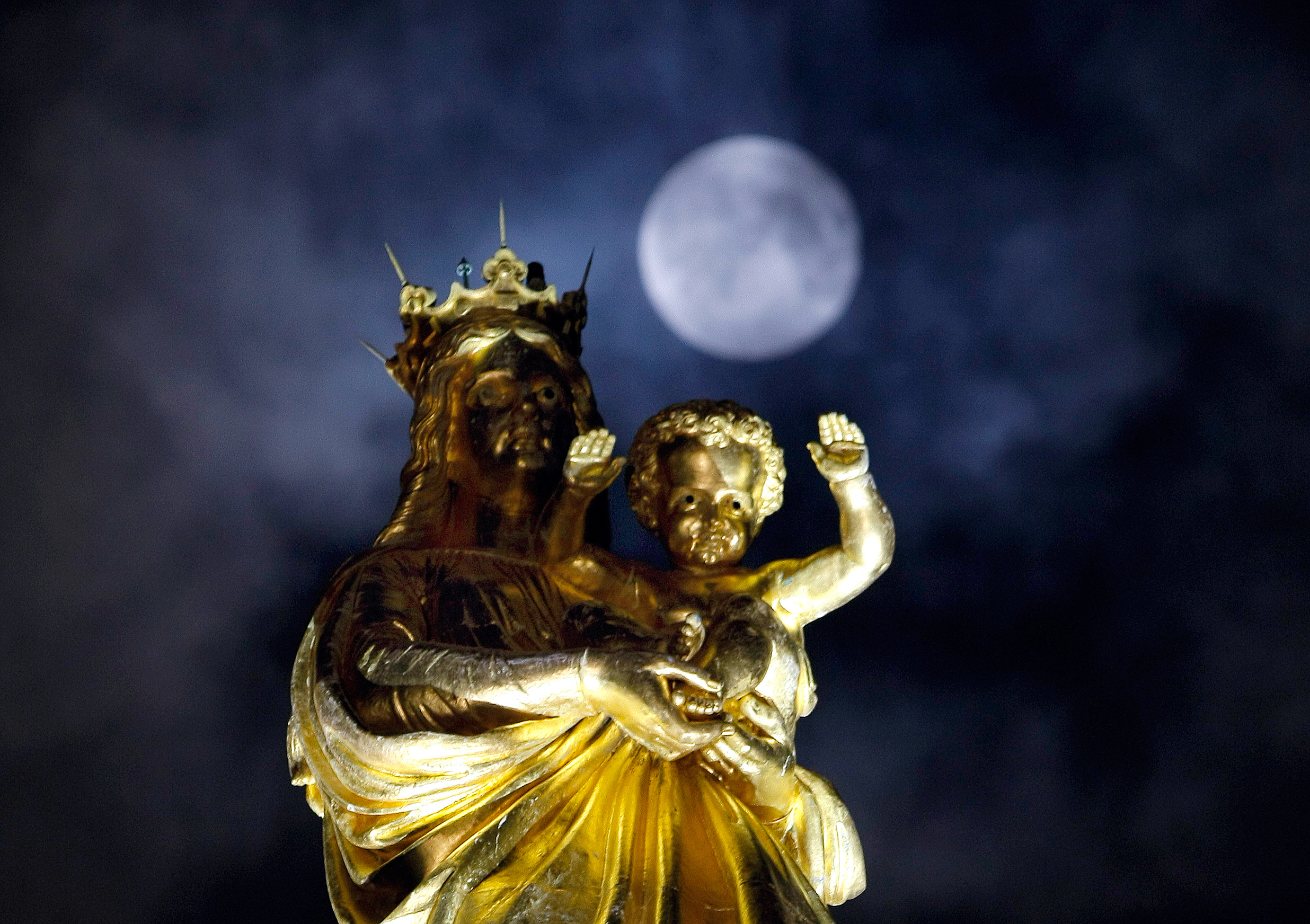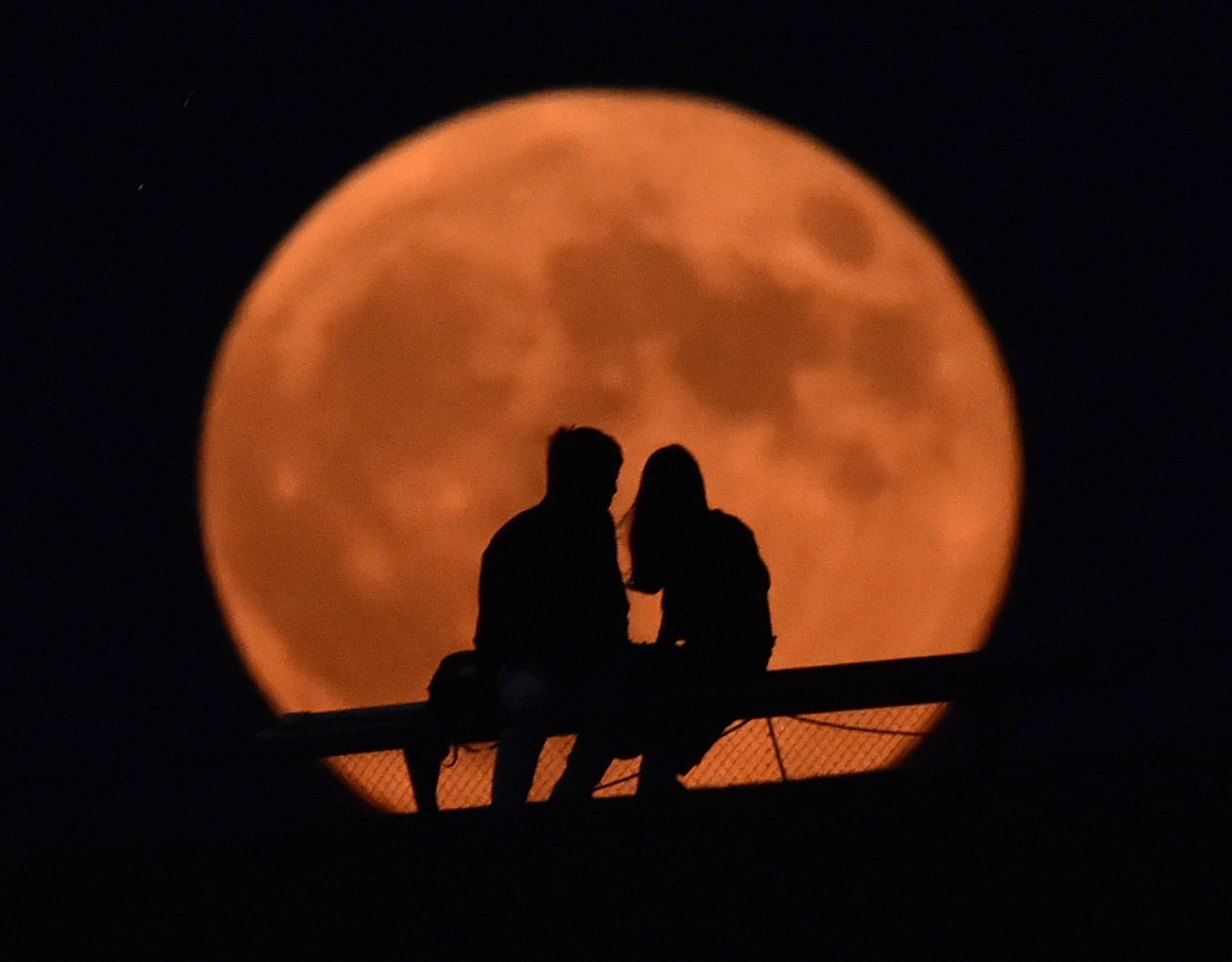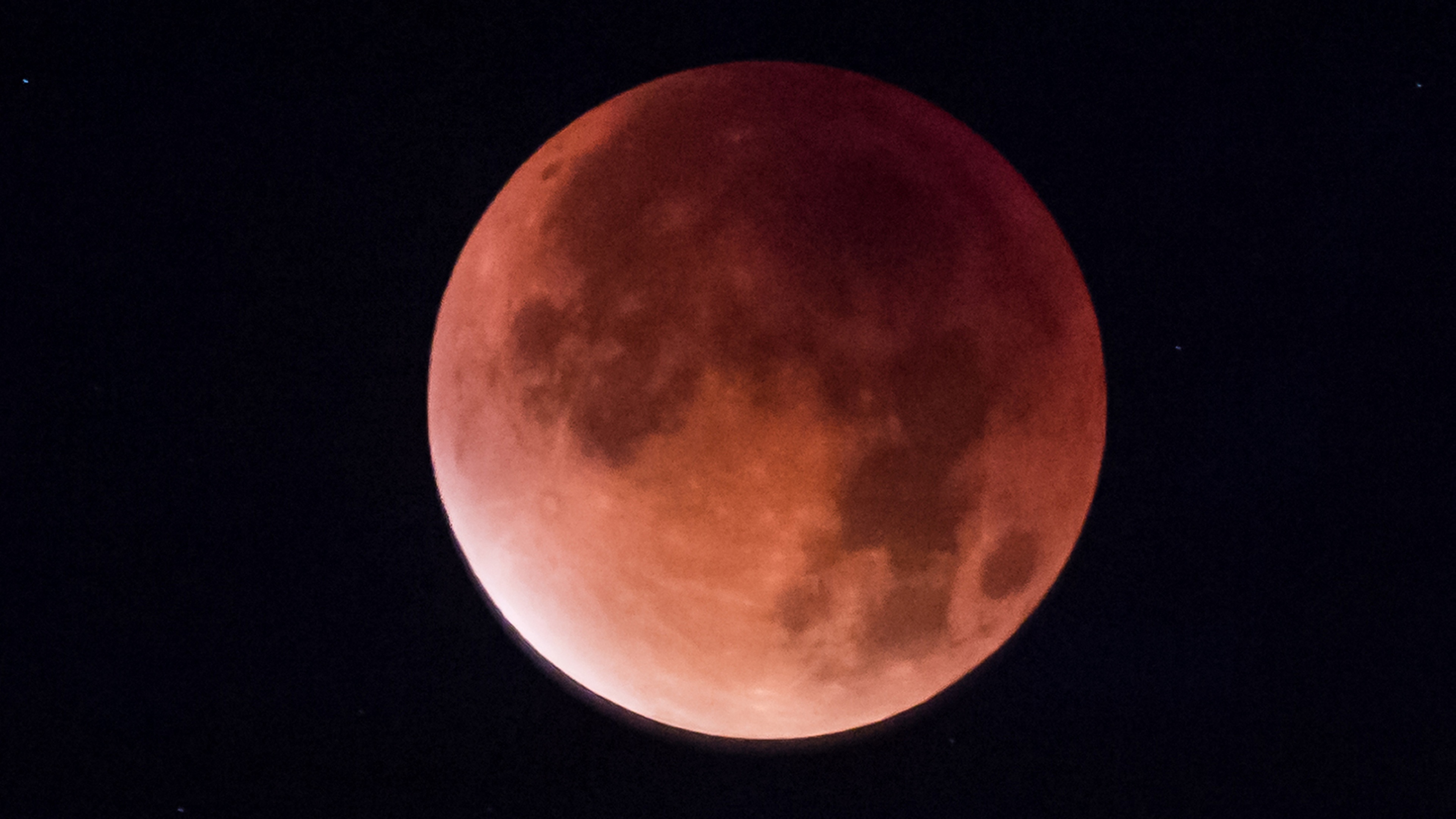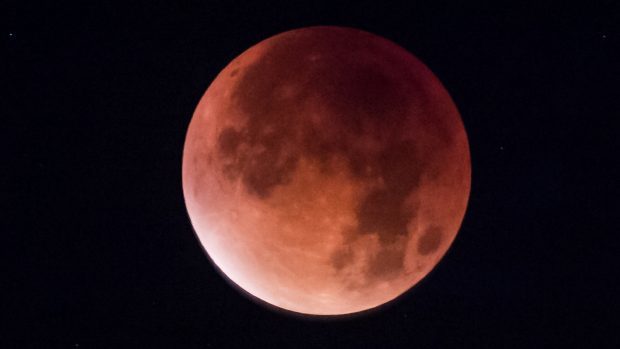Moongazers have a reason to be excited on November 14.
Forget all the other supermoons you’ve seen in the past. Or even meteor showers, blood moons and lunar eclipses. Because on November 14, your night sky is going to light up with the biggest full moon you’ll see in a long time.
Supermoons aren’t all that uncommon, but this one’s going to be pretty special because for the first time since 1948, the full moon will be nearest to Earth. And it won’t get this close again until November 25 2034.
If you want to see the astronomical event this year – it’s the supermoon in November. Here’s everything you need to know:
How does a supermoon happen?

A supermoon is a full moon or a new moon (yes a new moon is also classed as supermoon, even if you can’t see it) at its closest point to Earth. The moon orbits Earth in an elliptical plane so sometimes it can come quite close to our planet (which is called a perigee) and at other times, it can be at the furthest point from Earth (which is called an apogee).
The perigee distances can vary but at its closest, the moon is about 30,000 miles (48,000 km) closer to Earth than during apogee. When the sun, the moon, and Earth line up – the occurrence is known as syzygy.
As Nasa explains: “When perigee-syzygy of the Earth-moon-sun system occurs and the moon is on the opposite side of the Earth from the sun, we get a perigee moon or more commonly, a supermoon!”
This occurrence causes the moon to appear much bigger and brighter in our sky than usual.
Why is this supermoon so special?

Supermoons aren’t unusual – we just had one on October 16 and there’s going to be another one on December 14.
But on November 14, the moon’s orbit is also going to bring it even closer to Earth than previous perigee occurrences. To be precise, the distance between Earth and the moon will be a mere 221,524 miles (356,509 km). On average, the moon is about 239,000 miles (384,000 km) away from the Earth.
“On November 14, it becomes full within about two hours of perigee – arguably making it an extra-supermoon,” says Nasa.
“The full moon of November 14 is not only the closest full moon of 2016, but also the closest full moon to date in the 21st century. The full moon won’t come this close to Earth again until November 25 2034.”
How will we be able to see it?
Sometimes it can be difficult to tell whether the moon is a supermoon or not. This is because the moon is too far away for our eyes to perceive the change in distance.
But if you have buildings, trees or the horizon to compare it to, it might appear larger than usual – this is known as “moon illusion”.
“When the moon is near the horizon, it can look unnaturally large when viewed through trees, buildings, or other foreground objects,” says Nasa.
“The effect is an optical illusion, but that fact doesn’t take away from the experience.”
When can you see it?

The moon will become full at 1.52pm GMT on November 14. If you live in the UK, you should be able to see the moon later that evening.
Be sure to get somewhere nice and dark, away from the city lights, if possible, and try and look for reference points which you can use to gaze at the moon – like the horizon or trees.
Let’s just hope the weather holds up its end of the bargain.
